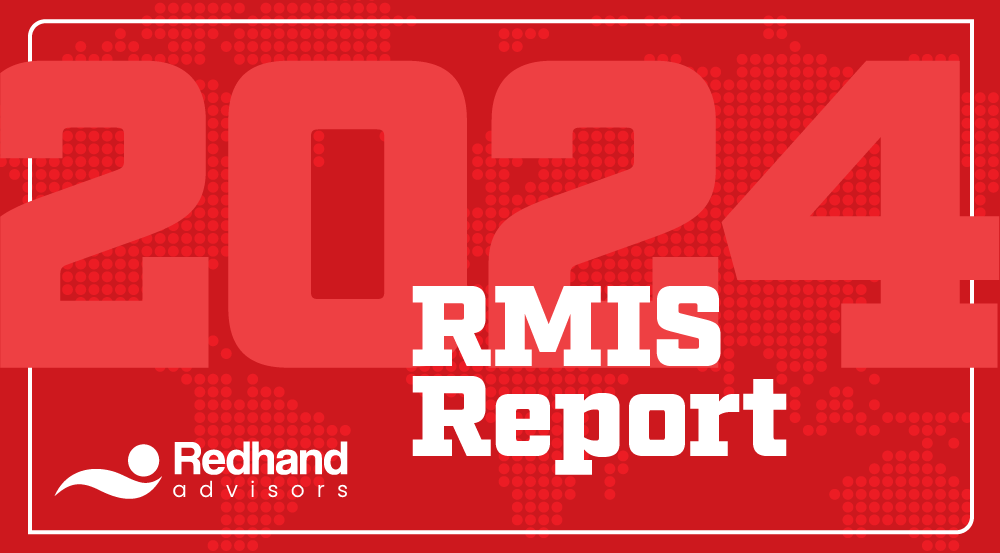AI in insurance is poised to reshape the entire industry – and provide a game-changing advantage for those willing to embrace the technology.
To be clear, AI in insurance isn’t new. Artificial intelligence in some form has long been used to analyze claims, automate processes, and prioritize tasks. Today’s generative AI, however, offers the opportunity to supercharge those efficiencies and redefine many insurance practices with its ability to process human language, summarize complex topics, and perform analysis at lightning speed.
One reason AI offers so much potential to the insurance industry is data. Insurance involves a massive amount of data – but until now, the industry has struggled to put the information to good use. Generative AI can quickly analyze huge data sets, identify patterns too subtle for humans to see, and answer questions based on what it has learned.
Game-Changing Potential
Insurers can use AI tools to make more precise predictions, improve customer interactions, and deliver more personalized service, products, and pricing. Here are five areas where AI has the greatest potential:
1. Risk assessments and underwriting. The point of any risk assessment is to provide decision-makers with a complete understanding of potential risk. The value of the assessment, however, is wholly dependent on the quality of the data and the expertise of the individuals involved. Underwriters, for instance, rely on information submitted by customers to assess risk and price coverage. It’s a problem for everyone when that information is inaccurate or incomplete.
AI can analyze both structured and unstructured data, as well as data from outside sources like SEC filings. Risks can be assessed in real time, allowing companies to respond quickly to market changes. With AI, insurers are better equipped to make decisions about risk models, policy terms, and pricing. And customers get the right coverage at a fair price.
2. Fraud detection. Fraud is a major issue in the insurance industry. The cost to companies and consumers is more than $300 billion each year – and as much as 20% of insurance claims are fraudulent. Fraud can happen at any point in the insurance process, from buying a policy to settling claims. The most common line affected by fraud is life insurance, followed by Medicare, P&C, health insurance, and workers’ compensation.
AI can combat insurance fraud by detecting abnormal patterns that might be invisible to humans. AI algorithms can identify suspicious claims early on and determine potential liability. AI can also train itself over time to adapt to changes in underlying data as criminals alter their behavior to outsmart fraud detection tools.
3. Claims management. The best way to keep costs down and customers happy is to resolve claims quickly and efficiently. But so many things can stand in the way of resolving even the most straightforward claim.
AI can instantly assess a claim, check it against policy terms, forecast the severity, and estimate the potential cost. It can analyze images and video from a dashcam – and overlay that with historical data to determine fault. And when subrogation is involved, AI can identify the liable parties and start the loss-recovery process. Specially trained insurance AI can estimate litigation potential. And it can flag claims that need early intervention – or further investigation by a human. It can also automatically route complex claims to experienced adjusters and auto-adjudicate standard, predictable claims.
4. Customer service. Good customer service paves the way to good outcomes. Bad service – unavailable, unsympathetic, or uninformed representatives – can cause all sorts of damage, including higher claims costs, lost customers, and lasting reputational harm.
Chatbots are a common use of AI in insurance. These tools are available 24/7 and can instantly answer common customer questions about coverage, premiums, claim status, and more, saving human power for complex queries. In addition, AI-assisted assessments help insurers customize plans so that customers pay only for the coverage they actually need.
5. Backoffice functions. Administering insurance involves a gargantuan amount of policy documents, claim files, legal agreements, regulatory requirements, and more.
Adding AI in insurance administrative functions can save time, improve efficiency, reduce costs, and virtually eliminate human error. AI can, for instance, interpret complex regulatory content, flag potential violations, and generate statutory filings. AI can also help ease burnout among adjusters by lessening the case load with auto-adjudication and putting the right information at their fingertips to help with making complex judgements.
The Future of AI in Insurance
While human relationships will always be essential to the insurance process, adding AI in insurance tools can augment that expertise with information that is accurate, comprehensive, and instantly available. AI can analyze complex data faster than any human – and summarize the results in virtually any language. It offers precise forecasting, streamlined processes, smarter prioritization, and a more personalized experience for customers.
AI is not without risk, however. Guardrails must be established to protect data privacy, security, and ethical standards. And humans need to maintain oversight. The trick will be to find the right balance between human expertise and AI automation. For those willing to take the leap, AI in insurance offers exciting possibilities to redefine the industry in ways that can benefit everyone. And it’s just getting started.
For more on the status of artificial intelligence in risk management, download our report, The New Generation of Risk, and check out how AI is powering Riskonnect’s software.







